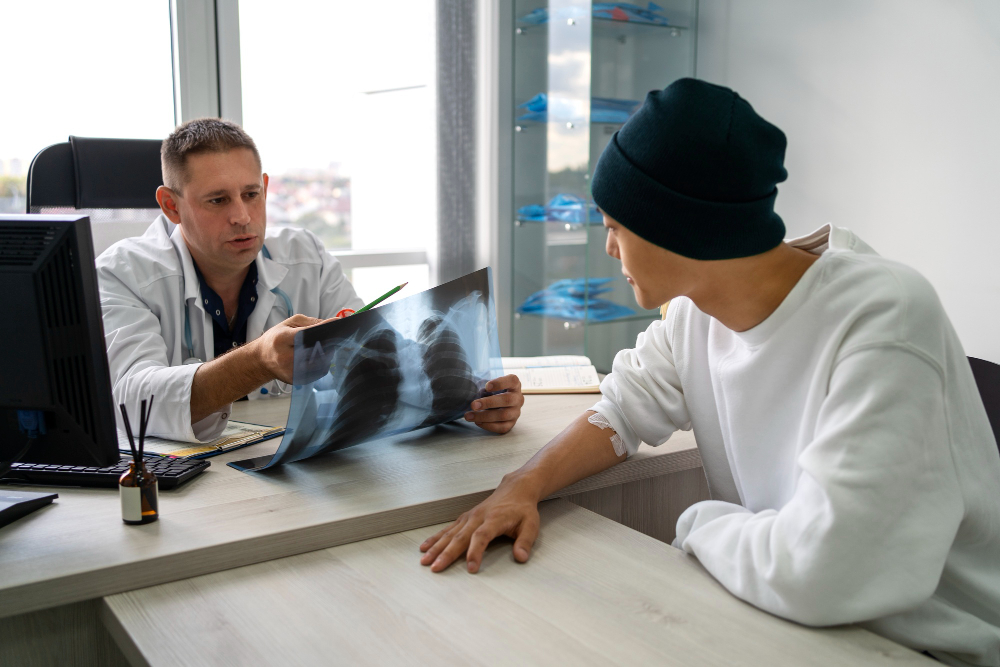Respiratory Rehabilitation

1. Comprehensive Assessment and Goal Setting:
- Respiratory rehabilitation begins with a thorough assessment of lung function, exercise capacity, and respiratory symptoms.
- Individualized treatment plans are developed based on this assessment, with specific goals aimed at improving respiratory function, reducing symptoms, and enhancing quality of life.
- Goals may include increasing lung capacity, improving breathing techniques, and minimizing breathlessness during physical activity or daily tasks.
2. Multimodal Interventions and Therapies:
- Respiratory rehabilitation utilizes a combination of therapeutic modalities to address various aspects of lung health.
- Pulmonary rehabilitation programs typically incorporate exercise training, breathing exercises, airway clearance techniques, and education on disease management.
- Additional interventions such as oxygen therapy, medication management, and nutritional counseling may also be included to optimize respiratory function and overall well-being.
3. Ongoing Support and Maintenance:
- The success of respiratory rehabilitation relies on ongoing support and maintenance to sustain gains achieved during treatment.
- Patients receive education on self-management strategies, symptom recognition, and lifestyle modifications to promote lung health and prevent exacerbations.
- Follow-up assessments and monitoring allow for adjustments to the treatment plan as needed, ensuring continued progress and long-term respiratory stability.



